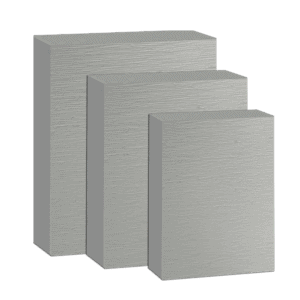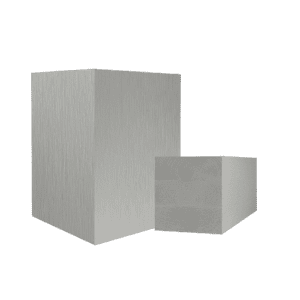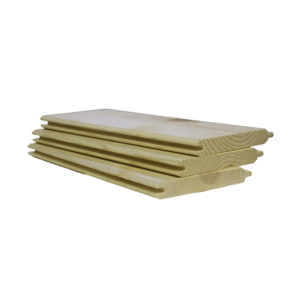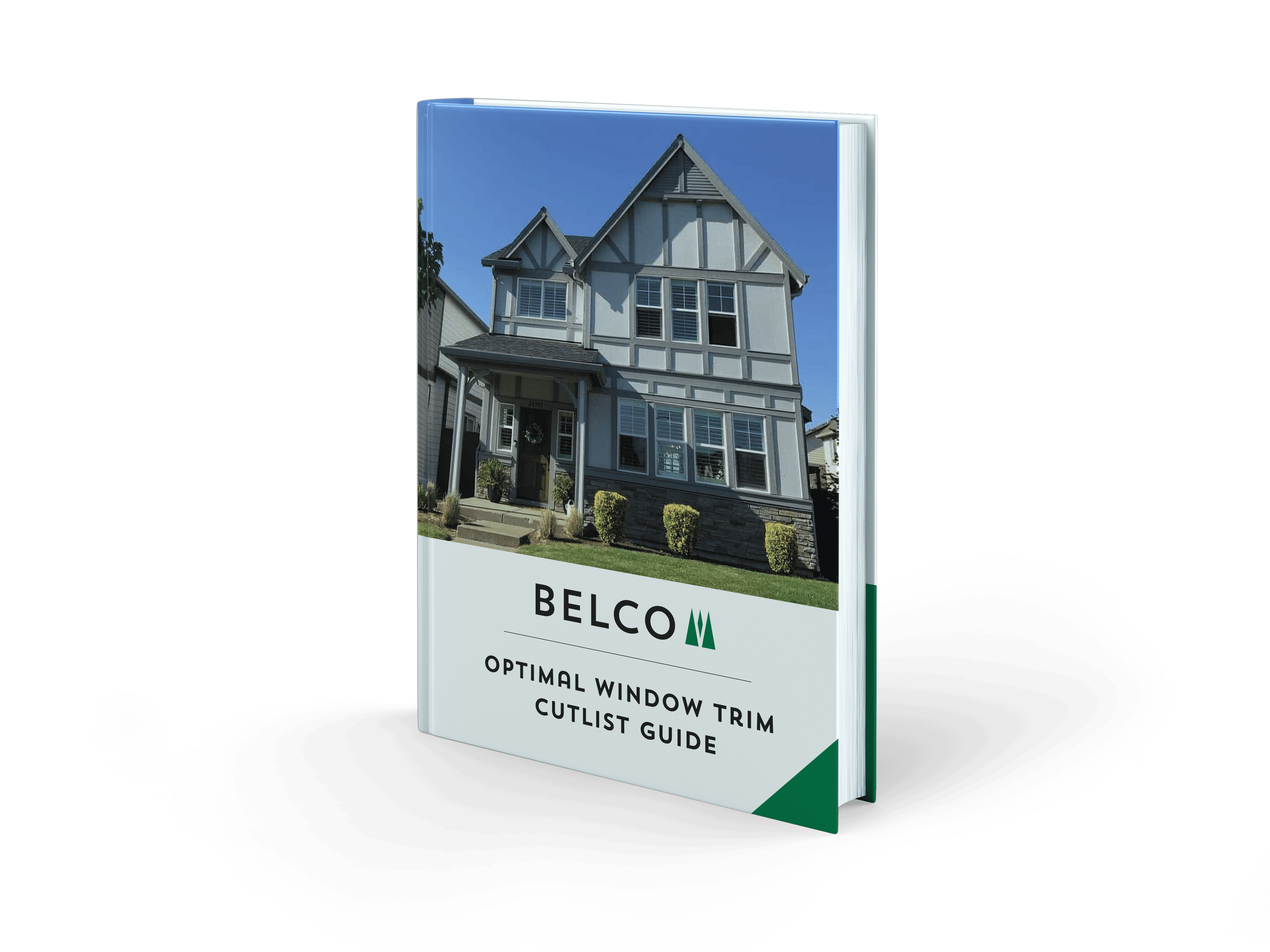Wood trim is a classic design element that has been used in homes for centuries. Whether it’s fascia or window trim, wood trim adds depth and character to a room. However, the production and disposal of wood trim can have negative environmental impacts. That’s why when selecting exterior trim for your home, it’s important to consider sustainable wood trim options.
Sustainable Wood Trim
For wood trim to be sustainable, it means that it is sourced, harvested, and manufactured using practices that minimize negative environmental impact and promote the responsible use of natural resources.
Wood trim that’s considered sustainable typically comes from responsibly managed forests. This means that the trees are harvested using techniques that do not harm the ecosystem or surrounding wildlife. Sustainable forestry practices also involve replanting trees after they are harvested. This ensures the long-term health and viability of the forest.
Certification programs like the Forest Stewardship Council (FSC) provide standards for sustainable forestry practices. The FSC is an international organization that promotes responsible forest management by setting standards for sustainable forestry practices. This can help consumers identify wood products that have been responsibly sourced.
Non-Toxic Finishes and Treatments
Another aspect of sustainable trim is the use of non-toxic finishes or treatments. Some conventional wood trim products are treated with harmful chemicals. These chemicals, such as formaldehyde, can off-gas into the air and cause health problems. Sustainable wood trim, on the other hand, is often treated with natural, non-toxic finishes or left untreated altogether. Belco XT® Trim is certified with a non-toxic, environmentally safe treatment known as Wolman® AG. This treatment is water-based, nonmetallic, wood preservative surfaced treatment.
Reclaimed Wood
Reclaimed wood is another option for sustainable trim. It comes from old buildings, barns, and other structures that are no longer in use. This wood is salvaged and repurposed, giving it a new life instead of being sent to a landfill. Reclaimed wood trim adds character to a room and is a great option for those who want a rustic or vintage look.
Health Benefits of Sustainable Wood Trim
Using sustainable wood trim is not only good for the environment but also for your health. Many conventional wood trim products are treated with toxic chemicals such as formaldehyde, which can off-gas into the air and cause health problems. Sustainable wood trim, on the other hand, is often untreated or treated with natural, non-toxic finishes.
How to Choose a Sustainable Wood Trim Product
When selecting sustainable wood trim, it’s important to consider the overall life cycle of the product. Look for trim that is durable and long-lasting to reduce the need for replacements. When wood trim is left untreated, it is prone to rot and mildew caused by moisture. That’s why it’s important to choose a product that’s properly treated to guarantee long-lasting results. Additionally, consider ways to recycle or repurpose the trim when it reaches the end of its life cycle.
It can be difficult to find wood trim that’s sustainably sourced, long-lasting, and affordable, which is why it’s equally important to consider a manufacturer’s values. For example, at Belco Forest Products, sustainability is one of our core pillars when it comes to our charitable giving, and an important component of our community resources. Natural wood is a carbon-positive and sustainable substrate. With intentional reforestation practices, the forest products industry is supporting a renewable resource that benefits our earth. We see the effects of climate change, and as a leader in the forest products industry, understand the importance of investing in scientific climate change research now so we can see the promise of a greener tomorrow.
Conclusion
In conclusion, sustainable wood trim is an eco-friendly and healthy choice for your home. By choosing sustainable wood trim, you can reduce your impact on the environment and support responsible forestry practices. Consider the life cycle of the product when selecting sustainable wood trim to ensure that it is a long-lasting and eco-friendly addition to your home.












